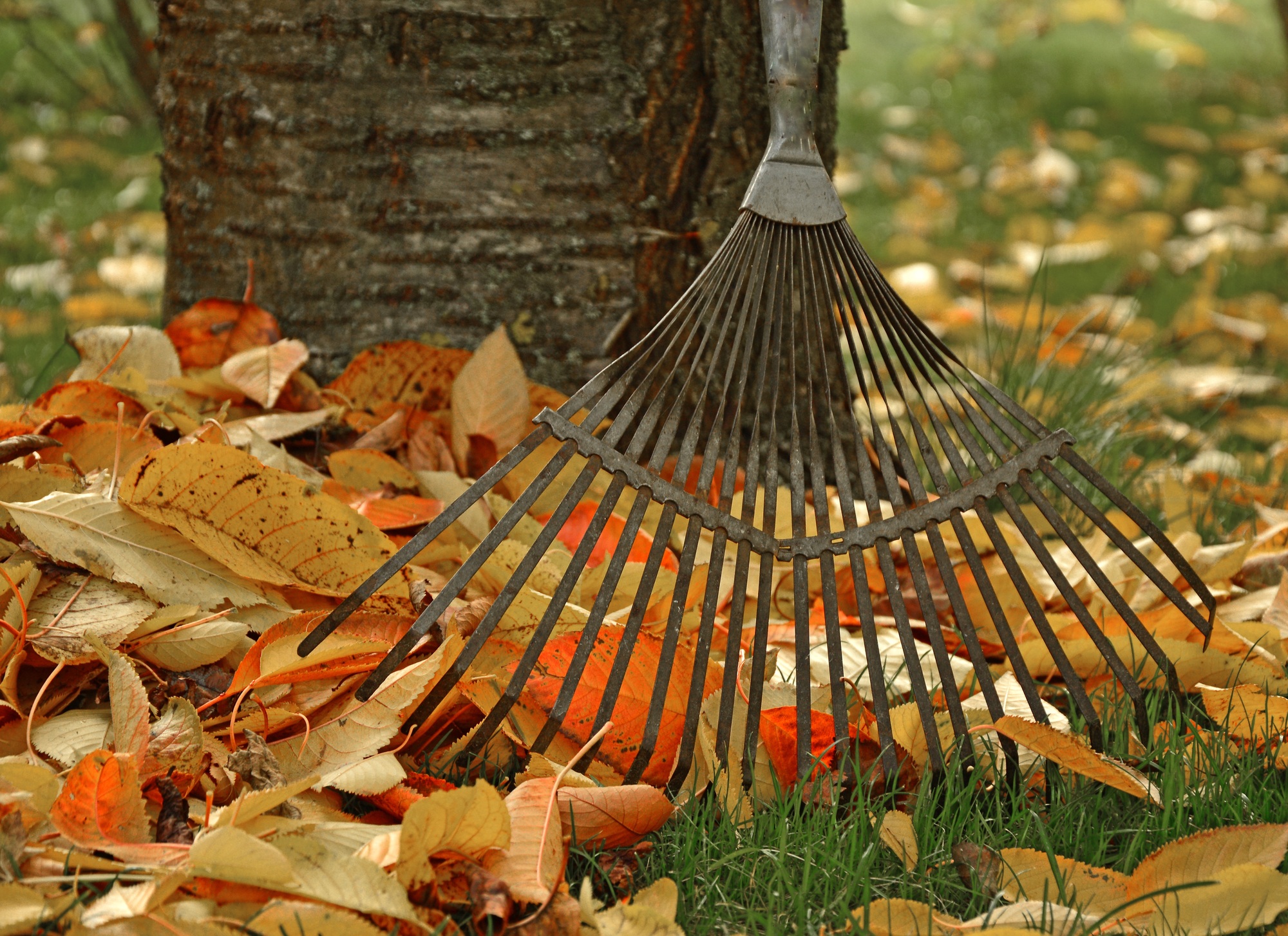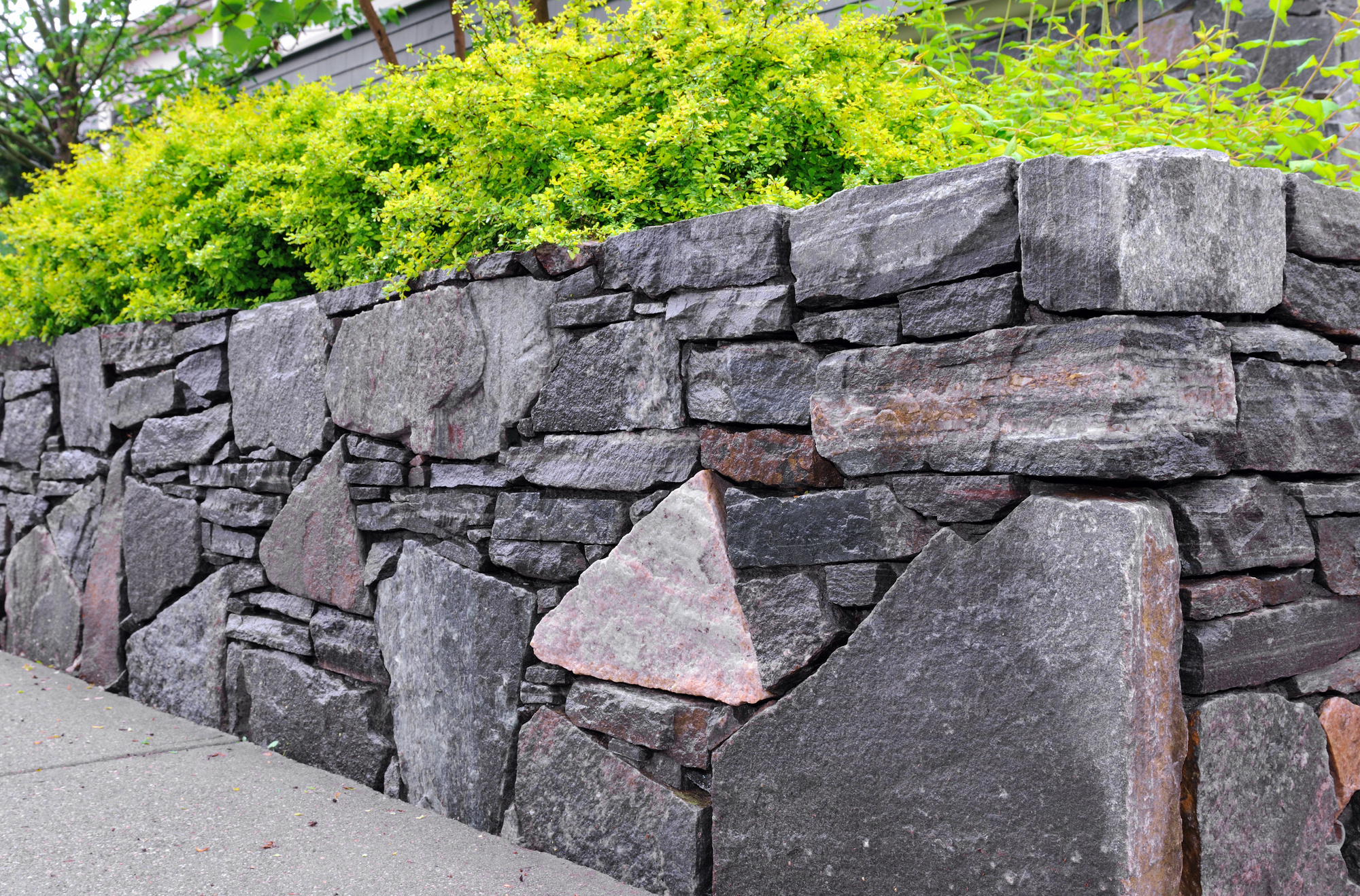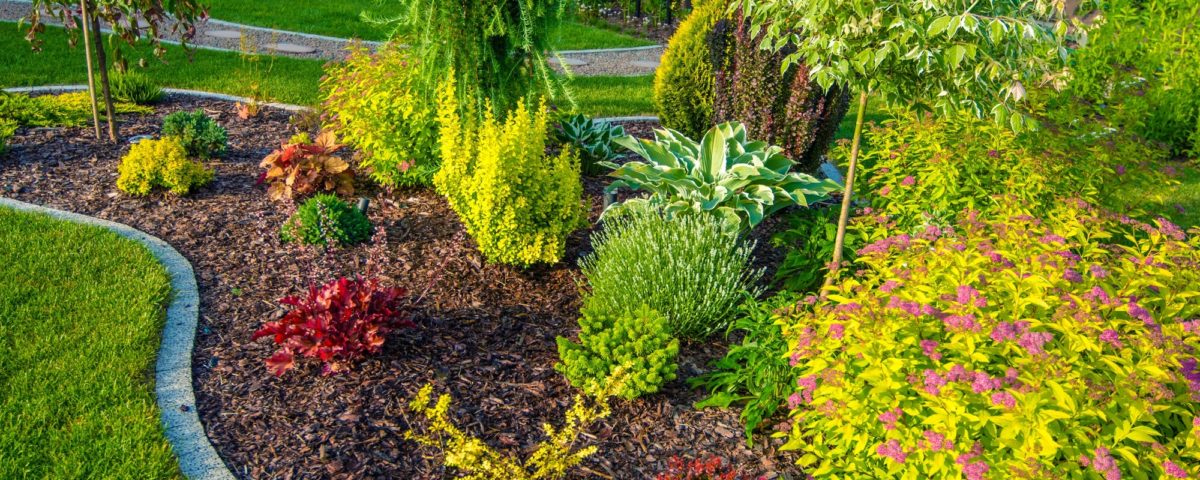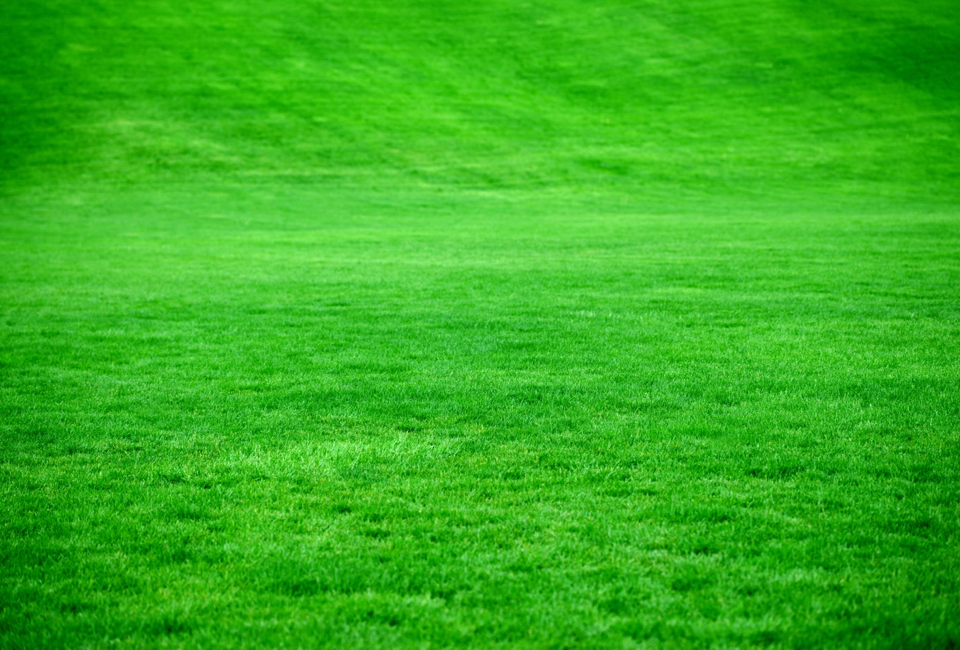
How To Update With A Fabulous Fall Landscape-Firepits, Lighting, And Container Gardens
November 16, 2018
When To Say Nope To The Slope-10 Signs You Need A Retaining Wall Design
November 20, 2018Whether you’re planning a garden or landscaping your backyard, one of the biggest questions you’ll need to consider is “How good is my dirt?” This may sound odd, but having a high-quality soil is important to growing thriving, beautiful plants. Adding gypsum to your soil may help you get that perfect soil quality.
If you’re an avid gardener or landscaper, you may be familiar with gypsum. If not, you might be asking the question, “What is gypsum?” right now. Read on to learn a little more about this additive and how it can contribute to your landscaping and gardening.
What Is Gypsum?
Gypsum has been a popular soil additive for more than 250 years. Its chemical name is “calcium sulfate dihydrate, and you may know it as alabaster. Chemically, it contains calcium, sulfur bound to oxygen, and water, and it is a nontoxic mineral.
There are two primary types of gypsum: natural and FGD gypsum. Natural gypsum shows up in sedimentary rock formations in about eighty-five countries around the world. But more than half the gypsum used in the US today is Flue-Gas Desulfurization (FGD) gypsum, made using the emissions from power plant stacks.
Because FGD gypsum comes from those stack emissions, it is an excellent way to reduce environmental impact. The flue gases go through a process called desulfurization that converts them into a hard substance and then purifies them into gypsum. In addition to being useful in gardening, this gypsum is usable in building construction.
About Soil Compaction
Soil compaction is more or less what it sounds like. It occurs when the soil particles squish together, reducing the amount of space between them. In the farming industry, most soil compaction happens as a result of driving vehicles over the land. More compact soil makes it harder for seedlings to put down roots or break through to the surface. Compact soil also causes problems for aeration and drainage.
If you’re worried about soil compaction in your garden, building raised beds can help since you won’t be walking over that soil. But especially in landscaping, preventing soil compaction in the long term can be a problem. This is where gypsum comes in.
How Can Gypsum Help?
If you have compact soil or a soil with a lot of clay in it, adding gypsum can help improve the soil. Having pieces of gypsum added helps break up hard earth, improving drainage and aeration. It also helps prevent erosion because it’s easier for water to drain through the soil rather than running off the top of it.
In addition to providing structural benefits, gypsum can also help remove sodium from the soil. If you live in a coastal area, chances are your soil has high salt levels. The calcium in gypsum helps break down the sodium in the soil, improving your soil.
What Nutrients Does It Add?
Gypsum doesn’t only remove nutrients; it also has a lot to add to soil quality. The primary nutrient gypsum contributes to the soil is calcium. Calcium helps plants maintain their cell membranes and build their cell walls, making it an essential nutrient.
Gypsum also contributes sulfate, which is an ion form of the element sulfur, to the soil. Sulfur is important in helping plants form needed proteins, but pure sulfur acidifies in soil. Sulfate has no effect on soil pH and allows plants to get the nutrients they need.
How Do I Use It?
The first step in adding gypsum to your soil is to put down the bag of gypsum. Before you start making any changes to your soil, you need to conduct a test. This will give you pH and sodium levels, as well as levels of basic plant nutrients, which will tell you how you need to amend your soil.
For landscaping projects, you’ll want to mix gypsum into a coarse, woody mulch. This will help prevent compaction and ensure maximum drainage. If you’re gardening, you’ll want to make sure to keep your garden well-hydrated during the growing season.
When Should I Not Use It?
There are a few circumstances in which gypsum will do more harm than good. The most important of these is sandy soil; sand is very high in calcium. Adding gypsum may result in more calcium deposits, worsening the quality of the soil.
You should also avoid gypsum in areas with low salinity. As we mentioned before, gypsum breaks up sodium, removing it from the soil. In an area that already has too little salt, adding gypsum can strip it of the little sodium it has.
Things to Watch Out For
You should check on a few things before you start adding gypsum to your soil. Because it is a mineral that changes soil composition, adding it without knowing what your soil is like can cause problems. For example, if your soil is part of a heavy watershed, adding gypsum to the soil can contribute to aluminum and lead leaching.
Gypsum can also increase leaching of iron, manganese, and potassium. Like aluminum and lead, these can contribute to watershed pollution. In the cases of these minerals, they can also leave nutrient deficiencies for plants trying to grow in that soil.
Learn More About Soil Amendments
You have to be careful about adding gypsum to your soil, but done correctly, it can be an excellent addition. The most important thing is to know what your soil composition is. If excess sodium is your problem, gypsum may be the solution.
If you asked yourself “What is gypsum?” and you want to learn more about other soil additives, visit the rest of our website at Cal Blend Soils Inc. We are the San Gabriel Valley’s premier wholesale landscaping material supplier. Check out our supply of soil additives today.


